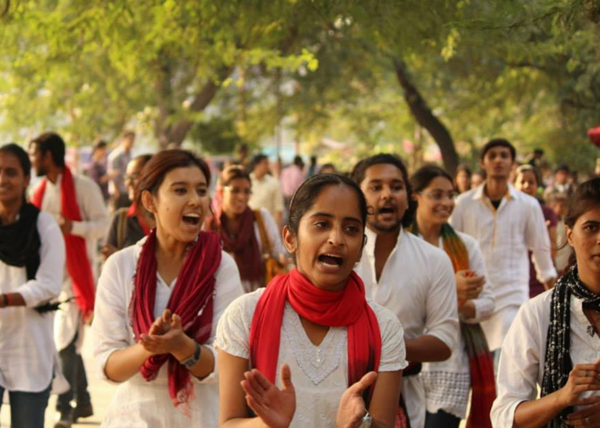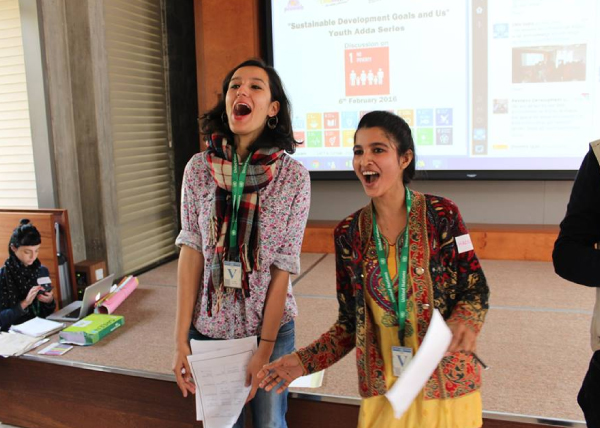the 5th space
Our interventions are based on our understanding of youth hood and young people’s worlds. Pravah Traditionally, since independence, in both urban and rural India, four such spaces have pulled in youth by offering the right kind of ambience. The first is home, the second space is livelihoods/career or a study institution (school/ college/ vocational course) that prepares them for a career. The third is leisure and lifestyle, where young people participate sometimes as actors, though mostly as spectators. This space includes sports, the performing arts, religious/ cultural occasions etc. The fourth, and undisputedly the most attractive hang out zone for young people, is with friends. All young people, in differing degrees, seek out the company of somebody they can bare their soul to, somebody who makes no judgments about their journey, is in fact in the same boat as them. It is in these four spaces, mostly, that an Indian youth today divides her time, devotes her entire energy, puts in efforts, and spends her resources. These four spaces define almost her entire ocean.
There is on the margins – a 5th Space – where young people discover themselves by engaging in social action and engage in active citizenship, volunteering and much more. The 5th Space focuses as much on the self-transformation of youth as it does on transforming the society through them.
The 5th Space approach takes the young person on a self to society journey that focuses as much on the self-transformation of adolescents as it does on transforming the society through them.
LEARN MORE





